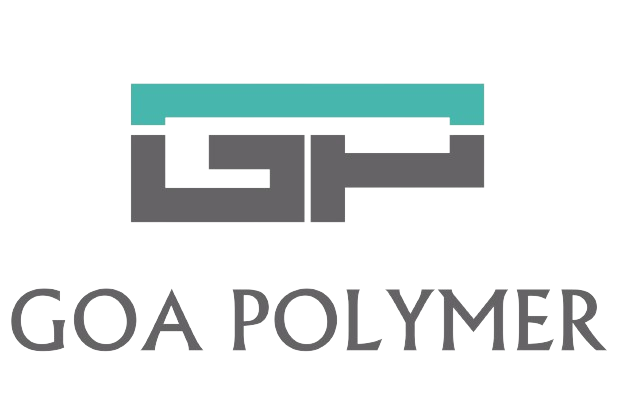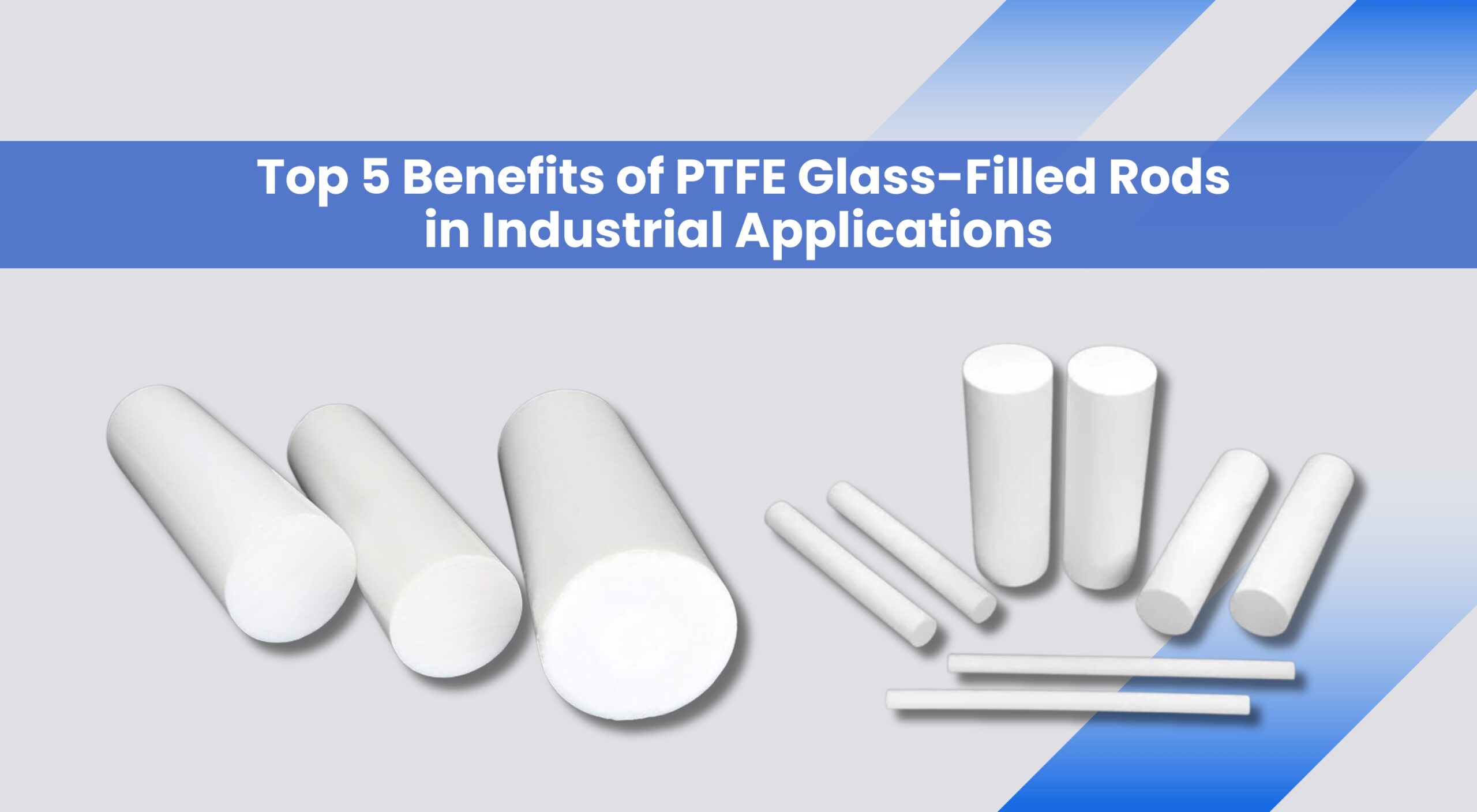Choosing the right materials is key to making strong and reliable industrial machines. A material gaining popularity in factories and heavy industries is PTFE glass-filled rods. Manufacturers make these rods by mixing PTFE (polytetrafluoroethylene) with glass fibers.
This process makes the material stronger and more useful. Such materials, with a slippery smooth surface, do not react with several chemicals. Adding glass fibers makes them tougher and suitable for more industrial uses. Engineers prefer PTFE glass-filled rods for valves, seals, bushings, or bearings.
In this blog, we will talk about what makes PTFE glass-filled rods so special. We’ll cover the top five benefits of using them in machinery and equipment. This applies to the oil and gas, food processing, chemical, and electronics industries.
Benefits of Using PTFE Glass-Filled Rods in Industrial Equipment
PTFE glass-filled rods offer enhanced strength, durability, and stability—making them ideal for demanding industrial environments. Below are the key benefits that explain why they’re a preferred choice for high-performance equipment.
1: Improved Strength and Durability
PTFE is soft and can easily sustain damage under pressure or with use. But when you add glass fibers, it becomes much stronger and more durable. It is perfect for tough industrial settings where parts must last longer. Its strength diminishes the risks of cracking, deformation, and surface wear. Key advantages include:
- Stronger than the standard PTFE used for industrial applications.
- Resists cracking, wear, and deformation.
- Maintains good performance under continuous pressure.
- Reduction of equipment failure and downtime.
- Best suited for long-term use in harsh environments.
2: High Wear and Friction Resistance
Moving mechanical devices wear down due to friction. Pure PTFE has low friction. When combined with glass fibers, its wear resistance gets even better. PTFE-glass-filled rods are ideal for components that need sliding, rotating, or repeated movement.
Glass fibers keep the material’s surface strong, even after heavy use. The rods show minimal wear. Key advantages include:
- Great resistance to surface wear in continuous motion.
- Low-friction operation or smooth running.
- Maintaining the profile and surface for repeated movements.
- Parts such as bushings, bearings, and guide rings are used in applications.
- Frequent part replacement is an ideal way to prevent and improve the working efficiency of mechanical systems.
3: Better Thermal and Dimensional Stability
In many industries, machines operate in high-temperature environments. Engineers design PTFE glass-filled rods to stay strong and stable even in high heat. Glass fibers lower thermal expansion, helping the rod maintain its shape better than standard PTFE.
Stability is key for parts needing a tight fit and precise dimensions. This ensures reliable performance without warping or loosening. Key advantages include:
- Resisting expansion and shrinkage under temperatures.
- Maintaining a tight fit and precision in heated atmospheres.
- Having a working life expectancy continuous at a grade of temperatures up to 260°C.
- Prevents leakage and misalignment induced by shape changes.
- In valves, spacers, and thermal insulation components, it finds the perfect fit.
- Supports long-term usage of heat-intensive operations.
4: Excellent Chemical Resistance
Many industries use strong chemicals. These chemicals can damage and corrode standard materials. PTFE is most famous for resisting almost all acids, bases, and solvents. The addition of glass fibers enhances the rod’s chemical resistance. This also boosts its physical durability.
This makes for an ideal fit for PTFE glass-filled rods in harsh chemical environments. They rarely have side reactions, so they are safe for processes with chemical exposure. This resistance protects equipment as well as people using it. Key advantages include:
- Resistant to a wide range of acids, bases, and solvents.
- Protects against corrosion and chemical damage over time.
- Safe to employ within chemical processing and storage systems.
- Used for seals and gaskets and as liners within chemical tanks.
- Retains its properties with continuous chemical exposure.
5: Long-Term Cost Savings
PTFE glass-filled rods may seem more expensive. Their long life, less upkeep, and hardy constitution make the rods worth investing in. They withstand wear, heat, and chemicals.
So, there’s not much need for replacements or repairs. This means machines continue with fewer breakdowns, which is a huge saving over time. Using these rods helps companies lower operating costs and boost machine performance. Key advantages include:
- These parts last longer and do not need to be replaced as often.
- Fewer breakdowns imply fewer chances for machines to go through repairs at a cost.
- We reduce downtime in production lines.
- It saves a lot of money on labor and maintenance of the equipment.
- The return on investment would be much better than that of the weaker materials.
- They help maintain the constant performance of the equipment over the years.
Conclusion
A selection of machine materials is very important in industries. Using the wrong material can damage items. It can also raise repair costs and lead to machine failure. PTFE glass-filled rods are strong and resist heat and chemicals. Engineers in nearly every industry prefer these rods because they show significant value.
They are longer-lasting, perform better under stress, and are a cheaper option in the long run. For seals, bearings, or any other critical parts, these rods rank high in performance. Companies that use them ensure their equipment becomes more dependable, stronger, and safer.
Frequently Asked Questions
Normal PTFE is soft and may wear out rapidly. Glass-filled PTFE is hard-wearing and industrial-grade.
Yes, many of the PTFE materials are food safe. It is advisable to always check on the specific grade first.
Not at all: PTFE does resist most chemicals, and hence it is used in the chemical industries.
Initial cost may be high, but once in use, they will provide savings through longer service life.



